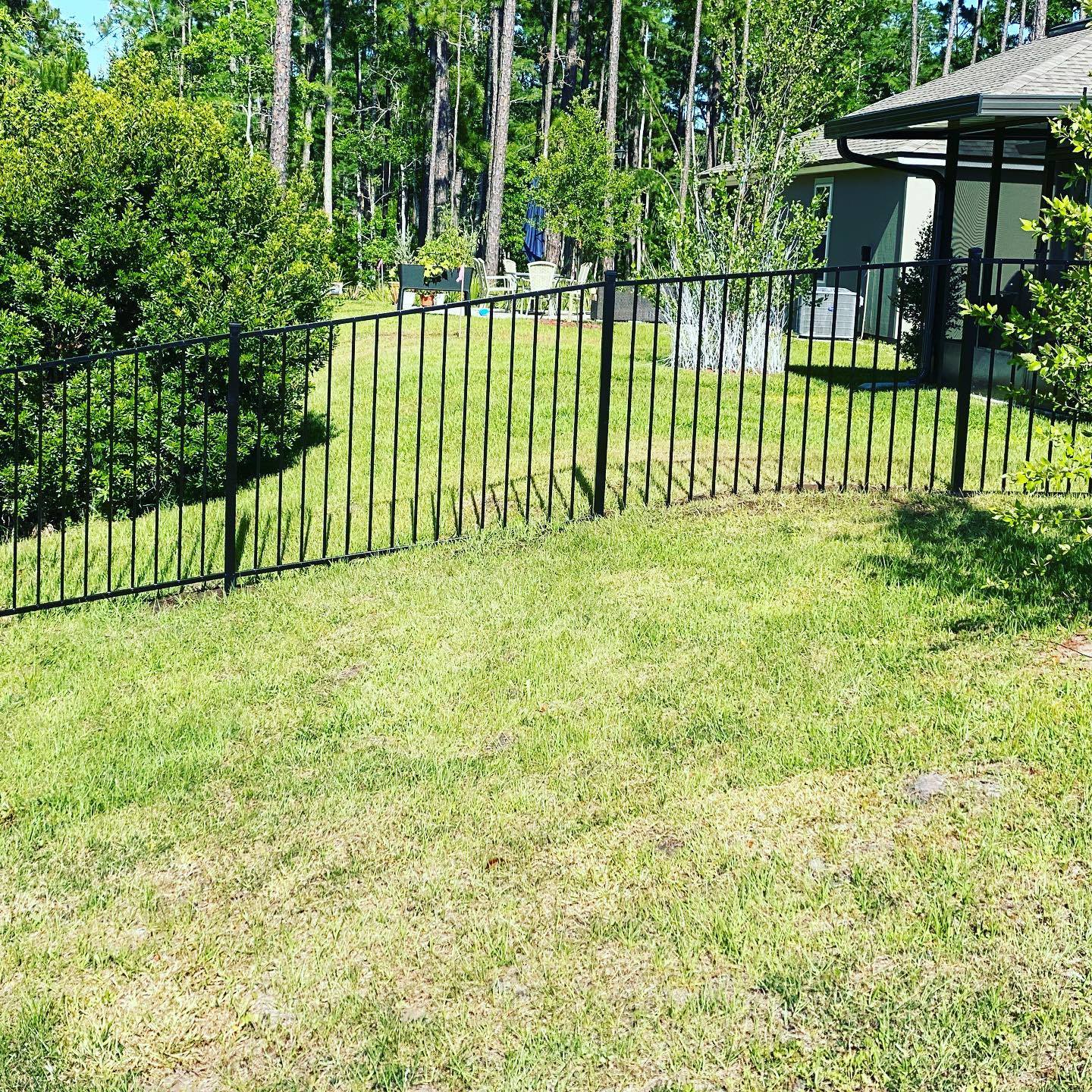Aluminum fencing and gates have become a popular choice […]
Aluminum fencing and gates have become a popular choice for homeowners, businesses, and communities seeking a durable, aesthetically pleasing, and low-maintenance option for perimeter security and decoration. The rise of modern aluminum fencing and gates marks a significant shift from traditional fencing materials such as wood, steel, and wrought iron.

Early Beginnings: The Rise of Aluminum
The history of modern aluminum fencing and gates can be traced back to the discovery of aluminum as a material. Aluminum, a lightweight and corrosion-resistant metal, was isolated in the early 19th century. Although initially expensive due to the complex extraction process, the advent of more cost-effective methods for refining aluminum in the 19th and early 20th centuries eventually made it more widely available for industrial applications.
However, it wasn't until the mid-20th century that aluminum began to see its widespread use in fencing and gates. Before then, iron, steel, and wooden fences were the dominant choices for perimeter boundaries, providing security and privacy but requiring more maintenance. Aluminum, with its natural resistance to rust and deterioration, offered a compelling alternative to traditional materials.
1. The Emergence of Modern Aluminum Fencing
By the 1950s and 1960s, manufacturers began to experiment with aluminum as a fencing material, recognizing its potential for durability and aesthetic appeal. One of the earliest uses of aluminum in fencing was in commercial and industrial settings, where the need for a strong yet low-maintenance fence was crucial. As the material proved to be highly resistant to corrosion from elements like rain, snow, and humidity, aluminum quickly became a popular choice in coastal regions, where saltwater exposure was a common issue.
The development of modern aluminum fencing and gates during this time allowed for a wider range of design options, including decorative styles. Unlike its steel counterparts, aluminum could be molded into more intricate and detailed patterns, giving rise to a more ornamental approach to perimeter fencing.
2. The Advantages of Modern Aluminum Fencing
One of the main reasons for the rise of modern aluminum fencing and gates in residential, commercial, and public spaces is the material's low maintenance needs. Traditional wood fences required regular staining, sealing, and even replacement due to rot or insect damage. Similarly, iron fences had to be painted periodically to prevent rust, and steel fences were prone to corrosion.
In contrast, modern aluminum fencing and gates do not require these frequent maintenance efforts. Aluminum is naturally resistant to rust and corrosion, which makes it ideal for outdoor use. Additionally, aluminum fences and gates are lightweight, making them easier to install compared to their iron or steel counterparts. The lightweight nature of the material also contributes to reduced shipping and handling costs, further improving the affordability of aluminum fencing.
The versatility of aluminum also played a significant role in its rise. Modern aluminum fencing and gates come in a variety of designs, ranging from simple, minimalist styles to more ornate, decorative patterns. These fences can be tailored to suit the architectural style of a property, making them a popular choice for residential homeowners looking for both function and aesthetics.